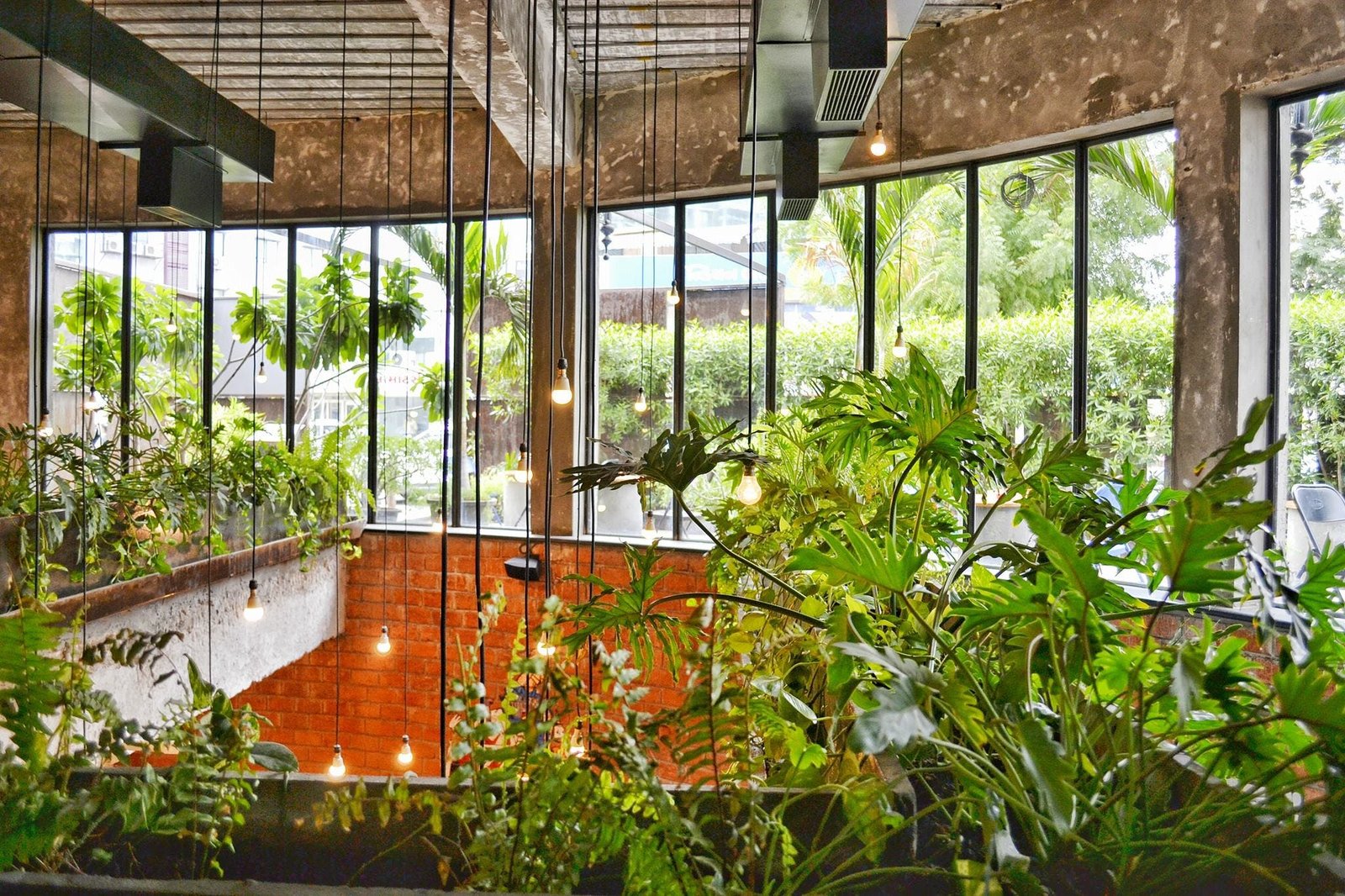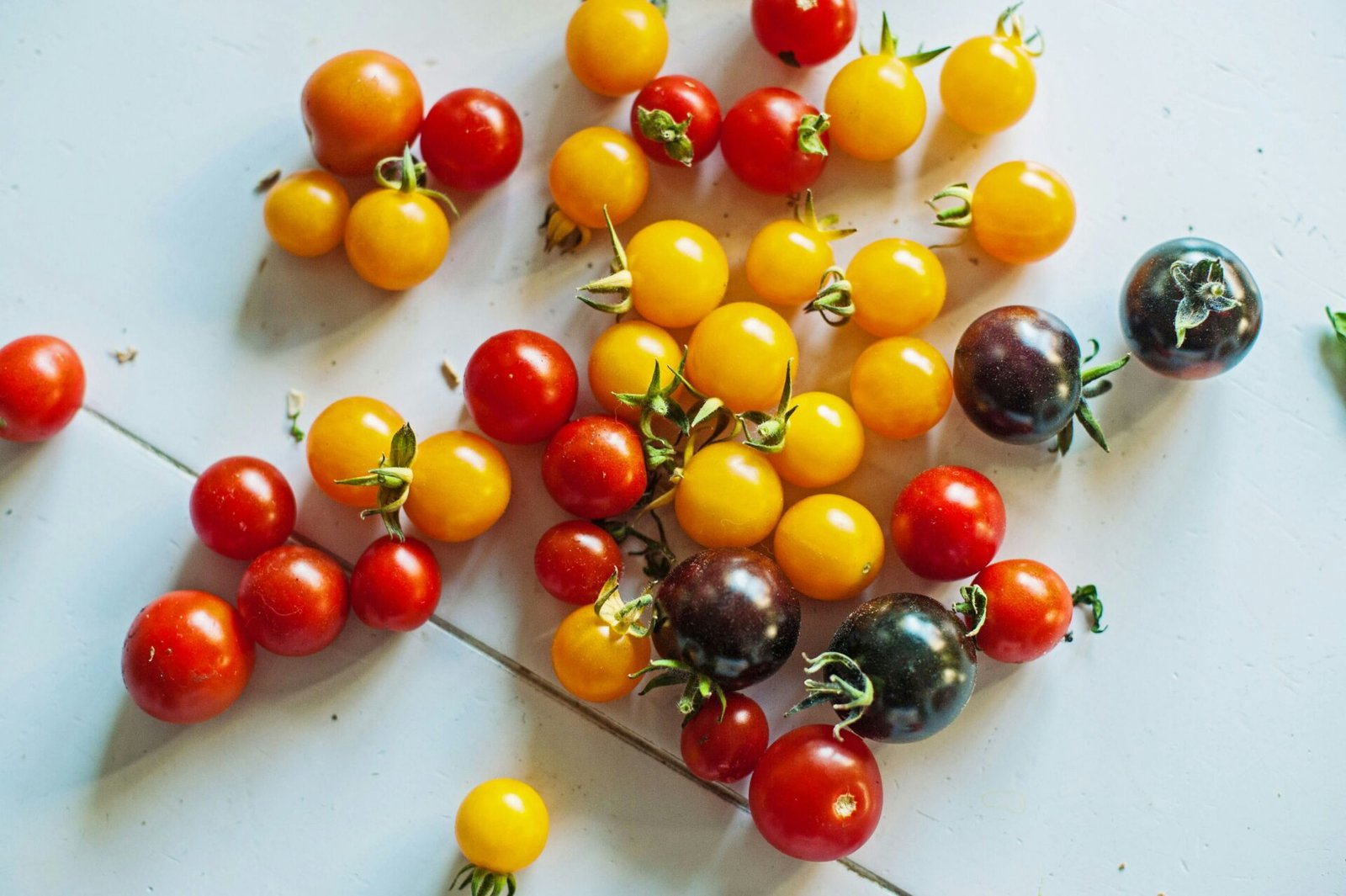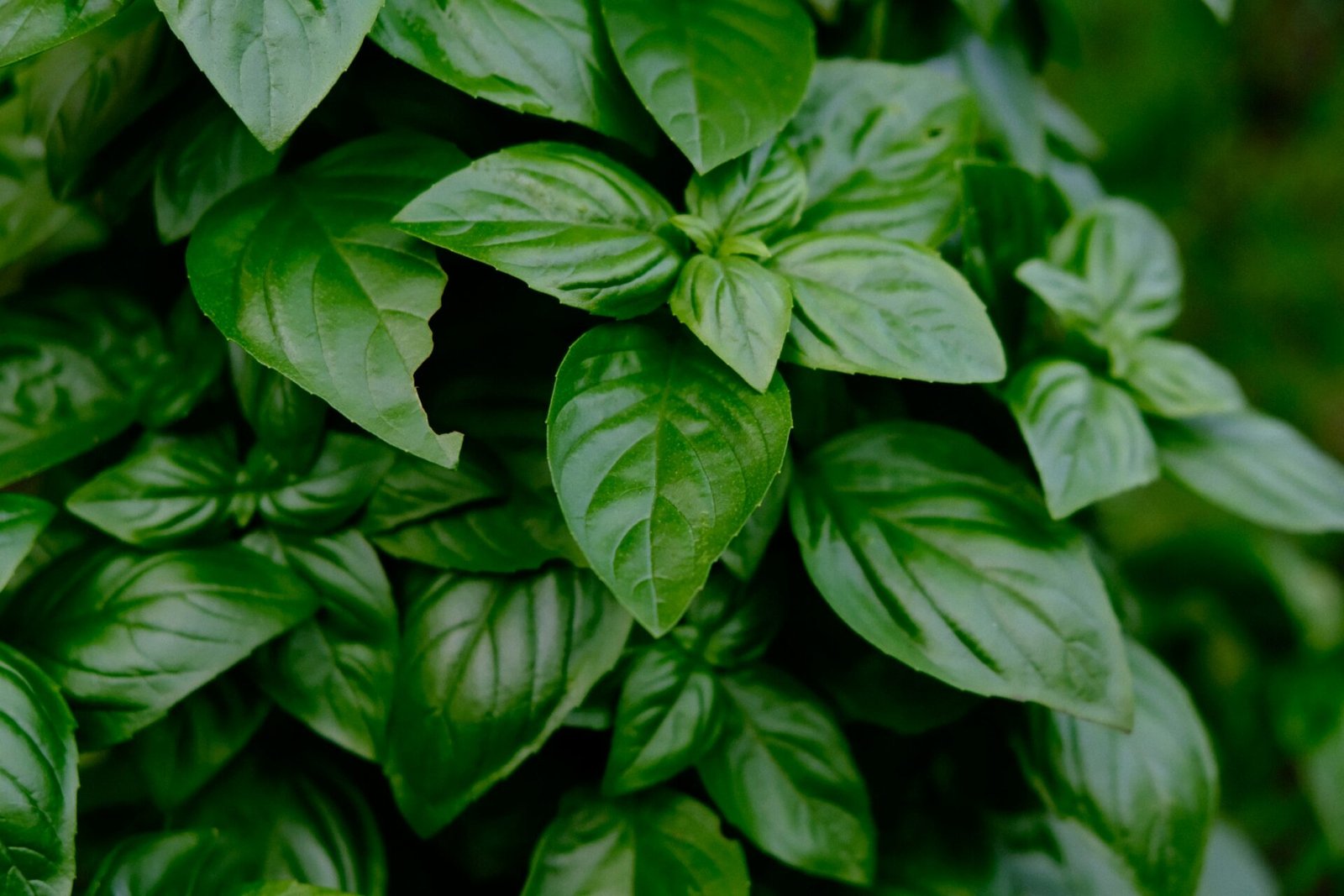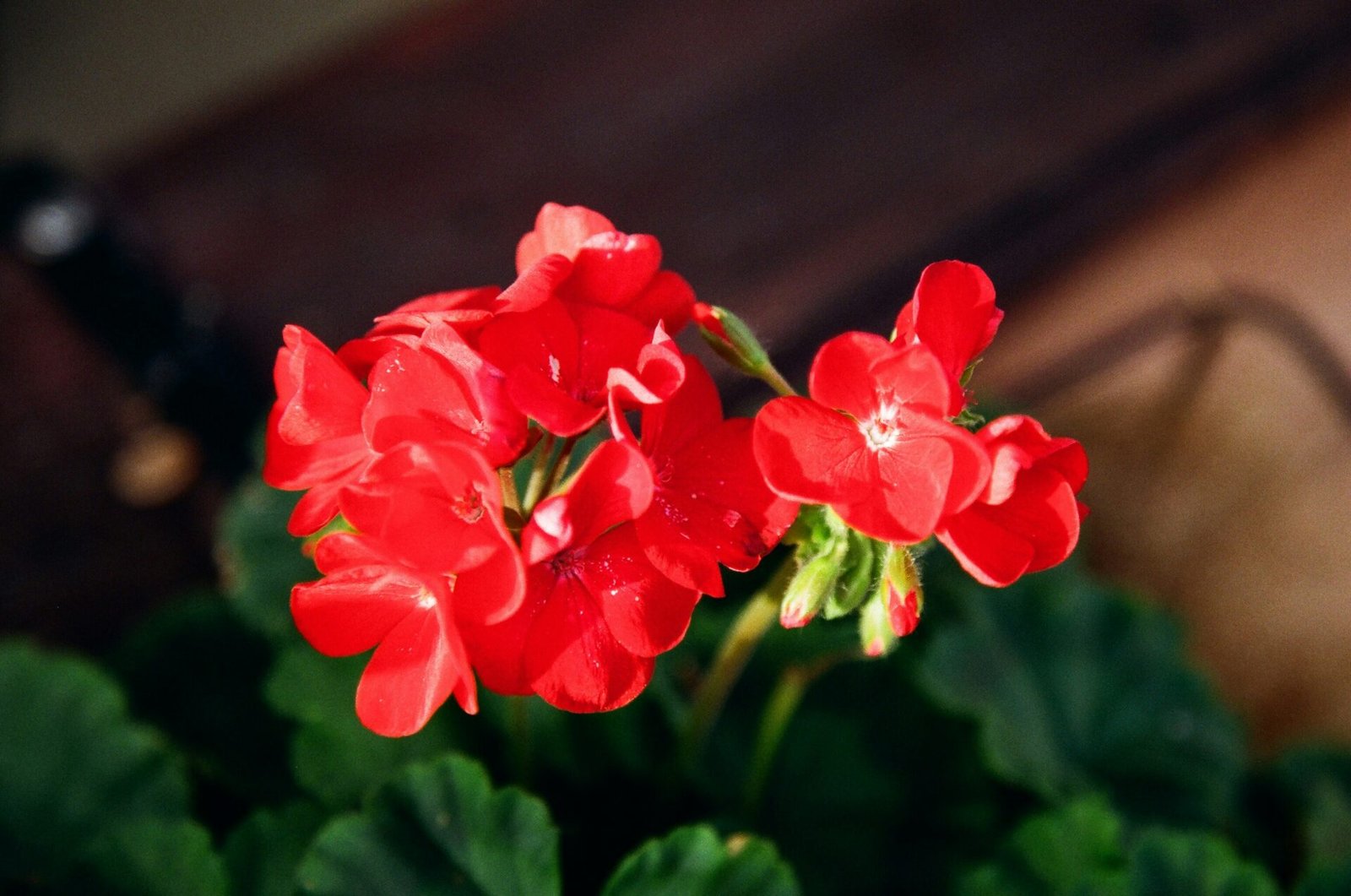Creating an urban garden is like painting a lush green stroke in the canvas of city life. I’ve found that even the smallest spaces can transform into a verdant retreat with the right plants. Whether you’ve got a tiny balcony or a modest window sill, there’s a plant that’ll thrive in your unique urban space.
I’m constantly exploring the best plants that can withstand the challenges of urban gardening – from air pollution to limited space. Let’s dive into the world of urban horticulture and discover plants that aren’t just survivors but stars in their own right, bringing a touch of nature to the concrete jungle.
Benefits of Urban Gardens
Urban gardens aren’t just pleasing to the eye; they offer substantial benefits that can transform not only my living space but also my well-being and the local environment. As I’ve cultivated my urban oasis, I’ve noticed several positive changes.
Improvement in air quality is one of the immediate benefits an urban garden provides. Plants are natural air purifiers, and in a cityscape where air pollution poses a significant health risk, having an urban garden works as a small yet powerful lung-cleansing mechanism. Spider plants, snake plants, and peace lilies are some examples that excel in filtering out common urban pollutants.
There’s a unique psychological comfort in tending to a garden. It’s a form of green therapy or ecotherapy, which studies suggest can lead to reduced stress levels, improved mood, and enhanced cognitive function. The act of nurturing plants and watching them grow can foster a sense of achievement and mindfulness.
Moreover, urban gardens can boost biodiversity by attracting essential pollinators such as bees and butterflies. These visitors not only ensure the health of the garden but also support the larger ecosystem’s functioning. Planting native species can encourage local wildlife to visit and thrive in my urban space, creating a haven for biodiversity in the midst of a bustling city.
The cultivation of an urban garden can also encourage a sustainable lifestyle. I’ve found that growing herbs and vegetables at home reduces the carbon footprint associated with food transport and packaging. It also inspires a more organic and waste-conscious living by emphasizing homegrown produce.
Lastly, urban gardens increase the aesthetic and property value of any space. They can turn an unattractive balcony or rooftop into a vibrant, green area that’s both inviting and restorative. In dense urban places where greenery is scarce, these gardens can serve as critical green infrastructure, improving not only the look and feel of neighborhoods but also their resilience to climate-related issues like urban heat islands.
Key Factors to Consider for Urban Gardening
When diving into urban gardening, it’s essential to consider a myriad of factors to ensure that your green space thrives. The urban environment presents unique challenges and opportunities that differ significantly from traditional gardening settings.
Space Availability is at a premium in urban areas. Before choosing your plants, you should assess the existing space. Rooftops, balconies, and window sills can all be transformed into productive green spaces. You’ll need to get creative with vertical gardening and hanging planters to make the most of what you have.
Sunlight Exposure decides the fate of your plants. Most edible plants need at least six to eight hours of sunlight daily to grow healthily. It’s important to observe the way light moves across your chosen garden space throughout the day. This will guide you in selecting plants that are suited to your specific conditions.
Air Pollution Levels can also impact plant growth. Although urban gardens improve air quality, plants in city environments may still face pollutants that could affect their health. Varieties known for their hardiness and tolerance to pollutants should be your go-to in such situations.
Water Access and conservation are critical elements. Setting up a rainwater harvesting system could save you time and resources while also being eco-friendly. Additionally, choosing drought-resistant plants can reduce your garden’s water needs.
Local Wildlife can either be supporters or adversaries in your gardening journey. Birds and insects can aid in pollination while certain mammals might pose a threat to your plants. Opting for native plants usually attracts beneficial wildlife and deters unwanted guests.
Soil Quality in urban areas is another serious consideration. Often, the soil in cities is not as rich in nutrients as that in untouched landscapes. I always recommend that you get a soil testing kit to understand your soil’s needs. You may need to enrich the soil with compost or choose plants that can tolerate less fertile conditions.
Hardy Plants for Limited Sunlight
Finding plants that thrive in the unique conditions of an urban garden, especially when sunlight is a rare commodity, can be a bit of a challenge. But fear not, there are several hardy varieties that can handle shade and still flourish, and I’m eager to share them with you.
Ferns are a prime example, a group of plants that are practically tailor-made for shady conditions. They ask for little light but give back so much with their lush, green fronds. Hostas are yet another shade-loving species, with foliage that ranges from bright greens to deep blues, capable of bringing life to even the most shadowed corners of your balcony or patio.
Snake Plants, also known as Sansevieria, have a tough-as-nails reputation for a good reason. They can survive in low light while purifying the air—double duty at its finest! Philodendrons are similar in resilience and can adapt to various light situations while sporting heart-shaped leaves that add an exotic touch to your urban oasis.
Incorporating plants like Spider Plants may seem unconventional, but they’re incredibly forgiving and versatile. They can grow in dim conditions, and their offshoots can create a cascading green effect that’s both dramatic and space-efficient. Caladiums, with their striking leaves splashed with white, pink, or red, are also a fabulous choice for brightening up shaded areas.
While these plants are tolerant of low light conditions, they still need some light to survive. So, as you’re working with these shade-friendly varieties, it’s essential to remember the sunlight assessment we discussed earlier. Monitoring how light plays throughout your space will guide you in positioning your plants so they receive the necessary amount of light without being scorched by the occasional direct sunbeam.
Watering these plants is also a key aspect to remember. Though they’re more forgiving with light, they’ll need a consistent watering schedule. Be sure to check the soil moisture regularly; these plants like to stay on the drier side but certainly shouldn’t be left to go thirsty for too long.
Urban gardening doesn’t have to be synonymous with full sun planting. With these suggestions, a thriving garden is well within reach, even for those with the most limited of sunlight.
Air-Purifying Plants for Urban Environments
Urban gardening isn’t just about creating an aesthetic space; it’s also about enhancing the quality of life. One of the most significant benefits certain plants can offer is the ability to purify the air. In the confined spaces of a city dwelling, volatile organic compounds (VOCs) and other pollutants can pose a health risk. Choosing air-purifying plants for your urban garden can contribute to a healthier, fresher environment.
NASA’s Clean Air Study, conducted to explore ways to purify air in space facilities, has provided valuable insights into the plants capable of removing toxins like benzene, formaldehyde, and trichloroethylene from the air. Incorporating these plants into your urban garden isn’t just practical; it’s a smart move for your well-being.
Here are a few top-performing plants known for their air-purifying capabilities:
- Peace Lily (Spathiphyllum): This plant is a powerhouse for removing airborne contaminants and thrives in shadier spots.
- Boston Fern (Nephrolepis exaltata): Perfect for hanging baskets, this fern is great at filtering out formaldehyde and xylene.
- Snake Plant (Sansevieria trifasciata): Known for its low maintenance and ability to reduce airborne toxins, it’s particularly well-suited for bedrooms as it releases oxygen at night.
- Rubber Plant (Ficus elastica): With broad leaves that absorb and break down airborne chemicals, it’s effective at improving indoor air quality.
In addition to their purification properties, these plants have various needs in terms of Light and Watering. For instance, the peace lily prefers a consistent watering schedule and can do with less light, making it an ideal choice for dimmer corners of an apartment. Meanwhile, the snake plant is quite drought-tolerant and can thrive in both low and bright light conditions. The rubber plant requires a bit more attention, preferring indirect sunlight and moderate watering.
Bear in mind that while these plants are excellent air purifiers, they should be supplemented with regular air quality practices such as good ventilation and avoidance of products that emit high levels of VOCs. Keeping your air-purifying plants healthy is vital—they can’t do their job well if they’re struggling to survive. Regularly check for pests, dust the leaves, and ensure they receive their preferred levels of sunlight and water.
Compact Plants for Small Spaces
Urban gardeners often face the challenge of making the most of limited space. That’s where compact plants become a game-changer. By selecting varieties that grow vertically or stay naturally small, you’ll maximize your garden area without creating a cluttered look. Dwarf and miniature plants are not just space-savers; they’re also incredibly stylish and suited for container gardening.
The Right Fit for Your Urban Oasis
My top recommendation for small spaces is succulents. These plants are not only sleek and trendy but also require minimal maintenance. Varieties like echeveria and haworthia stay small, adding a touch of green without taking over your space. Another excellent choice is dwarf herbs such as:
- Basil ‘Spicy Globe’
- Thyme ‘Elfin’
- Oregano ‘Compactum’
These herbs enjoy regular trimming, which keeps them small and boosts their production—perfect for urban gardeners who love to cook with fresh ingredients.
Vertical Growth for Urban Efficiency
Don’t forget about vertical space! Utilizing structures like trellises or wall-mounted planters, I’ve found that vining plants can create a lush backdrop without reducing your floor area. Whether it’s dwarf peas or mini cucumbers, you’ll find that these climbers can yield a surprising amount of produce or greenery upwards, rather than outwards.
| Plant Type | Example | Growth Style |
|---|---|---|
| Succulent | Echeveria | Rosette |
| Herb | Basil ‘Spicy Globe’ | Bushy, Compact |
| Vining Plant | Dwarf Peas | Vertical |
Implementing a combination of these plant types can create a dynamic and multi-dimensional display that’s both functional and aesthetically pleasing. Remember to integrate hanging baskets as well; cherry tomatoes and strawberries are stunning options that also provide a tasty treat.
Proper plant selection and creative spatial strategies will not only help your urban garden flourish but will also ensure your limited outdoor or indoor space remains open and inviting. Choosing the right planters and understanding how to care for each variety can make small-space urban gardening a huge success.
Conclusion
Choosing the right plants for your urban garden doesn’t have to be daunting. Armed with the knowledge of shade-loving greens and air-purifying champions you’re well on your way to creating an oasis in the concrete jungle. Remember it’s all about working with your space whether it’s through compact plants or making use of vertical areas. With a little care and creativity your urban garden will not only flourish but also become a haven for you and local wildlife. So roll up your sleeves and get planting—your personal slice of nature in the city awaits!
Frequently Asked Questions
What are some hardy plants recommended for urban gardening with limited sunlight?
Hardy plants that thrive with limited sunlight include ferns, hostas, snake plants, philodendrons, spider plants, and caladiums. They are ideal for shaded urban gardens.
How should I position my shade-loving plants in an urban garden?
Position your shade-loving plants where they’ll receive the right amount of sunlight, monitoring exposure and adjusting their location as needed to avoid direct sun that can harm them.
Why is consistent watering important for shade-friendly plants?
Consistent watering is essential for shade-friendly plants because they may not dry out as quickly as those in direct sunlight, and over- or under-watering can lead to plant stress or disease.
Which plants are known for air-purifying qualities in urban gardens?
The NASA Clean Air Study identified air-purifying plants like peace lilies, Boston ferns, snake plants, and rubber plants, which are suitable for urban gardens to help remove toxins from the air.
What are some compact plant options for small urban garden spaces?
For small urban garden spaces, succulents and dwarf herbs are compact options. You can also use vertical space with vining plants or hanging baskets to maximize your gardening area.
How can I ensure the success of my urban garden?
Ensure the success of your urban garden by selecting the right plants for your space and sunlight conditions, using creative spatial strategies, and understanding the care requirements for each plant variety.





